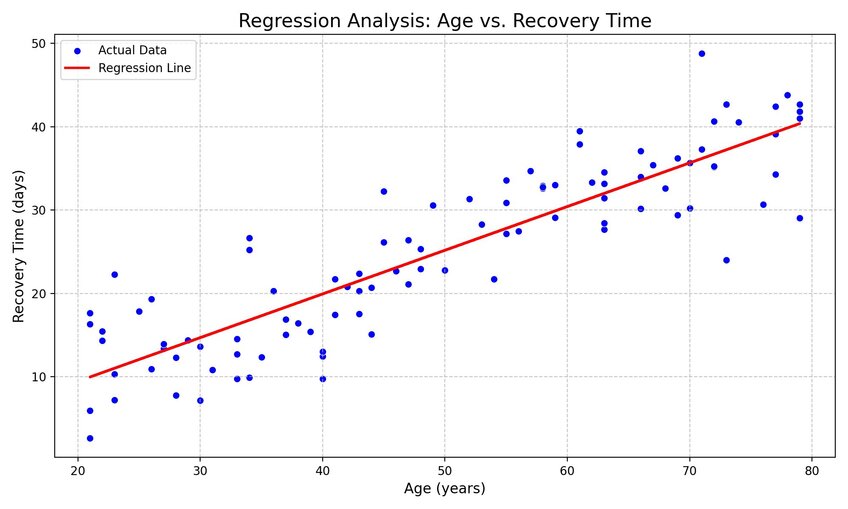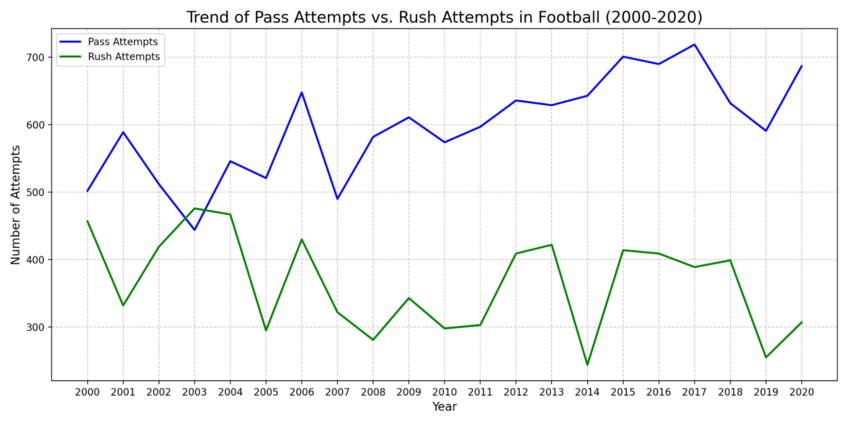August 4th, 2024
What Is the Difference Between Data Analysis and Statistical Analysis?
By Alex Kuo - 8 min read
Though they started as clearly separate fields, the lines between data analysis and statistical analysis have since blurred. So much so that the terms “data analysis” and “statistical analysis” are often used interchangeably. But they shouldn’t be.
With this in mind, let’s dive into the data analysis vs. statistical analysis conundrum and explore their differences.
What Is Data Analysis?
Data analysis can be defined as both a branch of data science and a distinctive field in its own right. The term “data analysis” essentially encompasses all the processes and methods used to extract value from data. These include different approaches to inspecting, cleaning, transforming, modeling, and interpreting data, with a strong emphasis on data analytics and visualization to uncover meaningful insights.
The individual whose job is to analyze data is referred to as a data analyst. Using their expertise in various data analytics tools and techniques to interpret data trends, data analysts identify correlations and present their findings to their employers, who will then use these findings to inform their decision-making processes and strategic planning and solve business problems.
The exact nature of these findings will depend on the type of data analytics performed.
Descriptive data analysis aims to describe or summarize data to understand its characteristics and provide insights into what has happened (or is currently happening). And that’s where its purpose ends. There are no attempts to make predictions or determine causality.
Making predictions is the purpose of the aptly named branch known as predictive data analysis. Use this analysis on historical data, and you’ll easily extrapolate likely outcomes for the future.
Now, if you want to act based on these predictions, you need prescriptive data analysis. This type goes beyond predicting future outcomes by recommending actions or strategies to achieve specific goals.
What Is Statistical Analysis?
Statistical analysis has the same general goal as data analysis – to make sense of the raw data.
However, to achieve this goal, statistical analysis relies on different statistical methods and techniques. Common statistical methods include descriptive statistics, regression analysis, correlation analysis, and hypothesis testing. The statistical techniques these methods employ are more specialized tasks, such as the mean, linear regression, and the Pearson correlation coefficient.

Now, if you’re a novice, these terms won’t mean much to you. However, they serve to demonstrate how heavily statistical analysis relies on, well, statistics.
Until a few decades ago, only statisticians employed these techniques while performing statistical analysis. Now, data scientists use them, too, in specific fields, such as data visualization.
That’s how the whole data analysis vs. statistical analysis debate started in the first place. However, the statistical methods and techniques performed under the umbrella of data analysis are just a tiny fraction of everything that the field of statistical analysis encompasses.
Data Analysis vs. Statistical Analysis: What Are the Differences?
By now, it’s clear that data analysis and statistical analysis aren’t the same from their scope alone. A better way to view these analyses is through a Venn diagram. Sure, there is an overlap where both data analysts and statistical analysts share common ground – the methods and techniques they use. However, both circles also contain a broader range of activities that distinguishes them clearly. However, the scope of activities isn’t the only difference between data analysis and statistical analysis.
The Data
Most commonly, the role of a data analyst is to sift through vast amounts of data (i.e., big data) to inspect it, clean it, model it, or present it in a non-technical way.
A statistician, on the other hand, will receive a limited amount of relevant data collected (i.e., a sample) to analyze it using rigorous statistical techniques.
The Approach
As mentioned, both data analysis and statistical analysis have the same goal – to gain valuable insights from raw data. However, both fields approach this goal differently.
A data analyst will use a data science toolbox consisting of programming languages (e.g., Python) and analytics engines (e.g., Apache Spark) to process and analyze data. While a statistical analyst can also make use of similar statistical programs (e.g., R), their approach to analysis is more methodical and targeted. Basically, statistical analysis aims to understand one particular aspect of the analyzed sample at a time.
The Purpose
From the approach to analyzing data, we can infer another important difference between data analysis and statistical analysis – their very purpose. Broadly speaking, data analysis aims to observe trends and patterns in large sets of data.
In contrast, statistical analysis tries to validate these observations to ensure they are significant and reliable. In this process, some observations and explanations will be confirmed, while others will be refuted or require further validation. Think of it as separating the wheat from the chaff.
The Skill Set
To do their job correctly, data analysts will need to be skilled in query language and have a decent grasp of business applications.
For statisticians, it’s all about mathematical knowledge and experience. That’s why organizations typically have many data analysts (attached to every department), while statisticians are more challenging to find. Once hired, they are usually centralized in the core data team.
Common Applications of Data Analytics and Statistics
Learning about the most common applications of data analytics and statistics will also help you differentiate between them better, as each of these disciplines is integral to separate fields.
Data analytics is extensively used in the following fields:
- E-commerce (optimizing marketing campaigns and increasing sales)
- Healthcare (promoting better patient care, preventing diseases, and optimizing resources)
- Cybersecurity (detecting and preventing cyberattacks)
- Banking (handling risks and customizing financial services)
As for statistics, it dominates the following sectors:
- Government sectors (virtually all decision-making)
- Political campaigns (curating campaigns and winning votes)
- Medicine (discovering and testing new treatments and drugs)
- Sports (improving the effectiveness of particular sports)

Get Faster, Better Insights for Your Data with Julius AI
While it’s important to understand the differences between data analysis and statistical analysis, the truth is you’ll often need both to gain actionable insights from data.
If you struggle with one of them (or both), don’t worry. Julius AI is here to help. This handy AI-powered tool doesn’t concern itself with the data analysis vs. statistical analysis discourse. It simply gets the job done, whatever that job might be.
Frequently Asked Questions (FAQs)
What is model training in machine learning?
Model training in machine learning is the process of teaching an algorithm to recognize patterns in data by feeding it labeled examples. During this phase, the model adjusts its parameters to minimize errors and improve its accuracy in predicting or classifying new, unseen data.
What are the 4 machine learning models?
The four main types of machine learning models are supervised learning, unsupervised learning, semi-supervised learning, and reinforcement learning. Each model type is suited for different tasks, such as classification, clustering, or decision-making, based on the availability and nature of the data.
How does a machine learning model work?
A machine learning model works by processing input data through a set of algorithms to identify patterns and relationships. Once trained on labeled data (in supervised learning) or by discovering structure in unlabeled data (in unsupervised learning), the model makes predictions or decisions based on new input data.
How long does it take to train a model?
The time to train a machine learning model depends on several factors, including the size of the dataset, the complexity of the model, and the computational resources available. While simple models on small datasets can be trained in seconds, complex deep learning models may take hours or even days to train.
